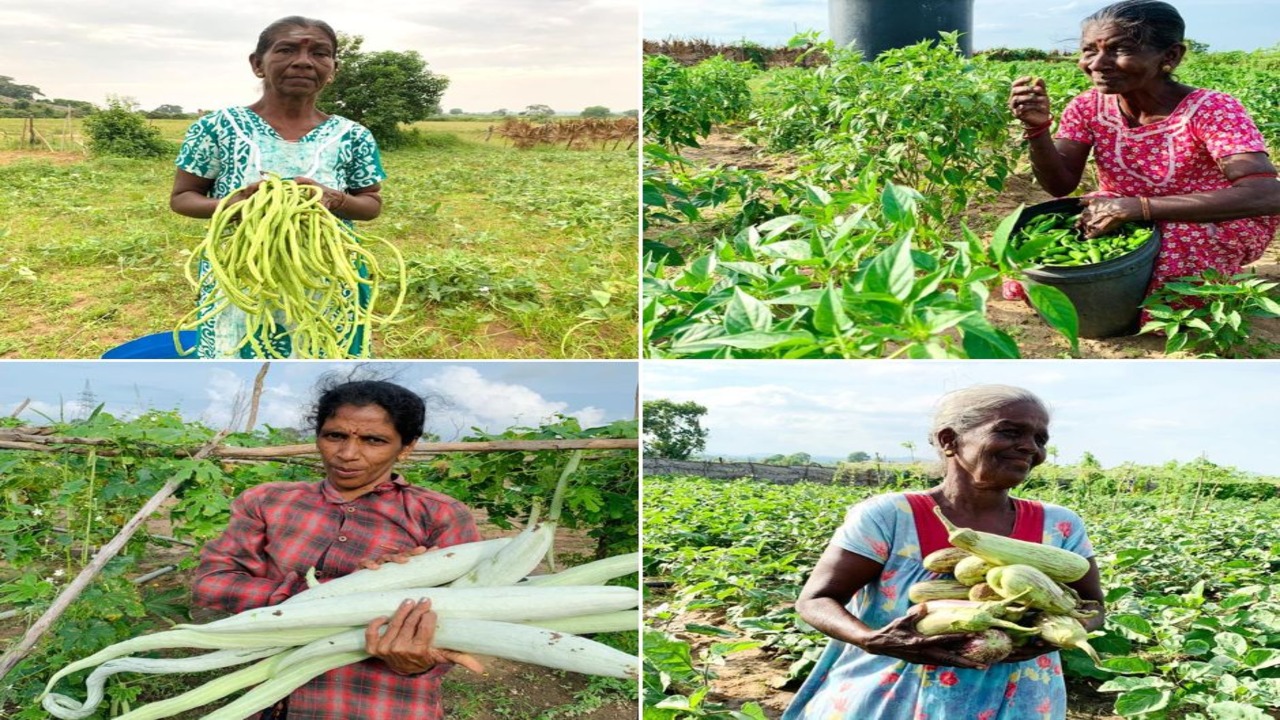Women are the unsung heroes of Sri Lanka’s agriculture sector, playing a crucial role in food production and food security. However, their significant contributions often go unrecognized and unaddressed in national policy frameworks. This paper sheds light on five key barriers hindering women farmers, exploring issues ranging from access to natural resources to care responsibilities.
Recognizing the Contribution
Globally, women, particularly in South Asia and Sub-Saharan Africa, contribute over 50% to food production. In Sri Lanka, however, women farmers face numerous obstacles preventing them from utilizing their full potential. The intersectionality of inequalities compounds these challenges, leaving women excluded from government spending and lacking acknowledgment at both the gender and small-scale food producer levels.
Barriers to Empowerment
1. Lack of Access and Control Over Natural Resources
While women farmers produce 60-80% of food in developing countries, they own only 2% of the land. Outdated discriminatory land laws and regulations, including the Land Development Ordinance, contribute to gender disparities in land ownership. Lack of land access hampers women’s eligibility for support services, leading to financial vulnerability and limited market participation.
2. Lack of Access to Markets
Despite comprising 34.3% of the economically active population, women in Sri Lanka face obstacles in accessing markets. Traditional gender roles, mobility issues, and insufficient market connections limit women farmers’ engagement in commercial agriculture. Addressing social norms, enhancing infrastructure, and establishing market linkages are crucial for women’s participation in the market economy.
3. Lack of Access to Financial Services
Women farmers struggle to access formal credit due to the absence of collateral and guarantors. Unregulated microfinance companies exploit vulnerabilities, trapping women in cycles of high-interest debt. Strict regulation, low-interest loan schemes, and awareness campaigns on financial options are essential to empower women economically.
4. Lack of Access to Technology
Gender disparities in technology access contribute to a gender yield gap of 20-30%. Women farmers rarely receive training or access to farming equipment, limiting their productivity and market engagement. Equal participation in training programs, promoting tech-savviness, and recruiting more female officers in agriculture extension services can bridge this gap.
5. Care Responsibilities
Unpaid care and household work burden women farmers, affecting their productive and reproductive roles. Redistributing care work, promoting male engagement in household responsibilities, and establishing support systems can alleviate this burden and enhance women’s participation in agriculture.
Post-COVID Reality Check
The COVID-19 pandemic has exacerbated inequalities faced by women farmers, highlighting the need for sustainable agricultural practices and recognizing women as leaders, entrepreneurs, and decision-makers. Mainstreaming gender into national policies is crucial for rebuilding the economy and fixing the broken food system.
Empowering women farmers in Sri Lanka requires a comprehensive approach, addressing legal, social, and economic barriers. Recognizing their potential, enhancing capacities of policymakers, and mainstreaming gender in development policies can pave the way for a more inclusive and sustainable agriculture sector.








